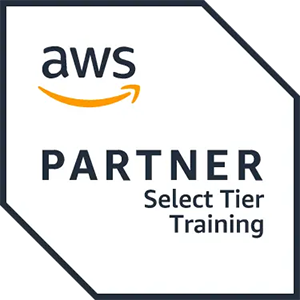In this three-day, hands-on training course, you will explore the new features and enhancements in VMware vCenter Server® 6.5 and VMware ESXi™ 6.5. Real-world use case deployment scenarios, hands-on lab exercises, and lectures will teach you the skills that you need to effectively implement and configure VMware vSphere® 6.5. This course is recommended for customers who want to deploy vSphere 6.5 into their existing vSphere environment.
Product Alignment
• ESXi 6.5
• vCenter Server 6.5
This course is also available in an On Demand format. For more information, select this link: VMware vSphere: What’s New [V5.5 to V6.5] – On Demand.

 United Kingdom
United Kingdom Germany
Germany Denmark
Denmark Sweden
Sweden Italy
Italy Netherlands
Netherlands Norway
Norway 
















 Kesto
Kesto  Toimitus
Toimitus  Hinta
Hinta